As hunger and malnutrition soar in eastern DRC, small steps deliver change
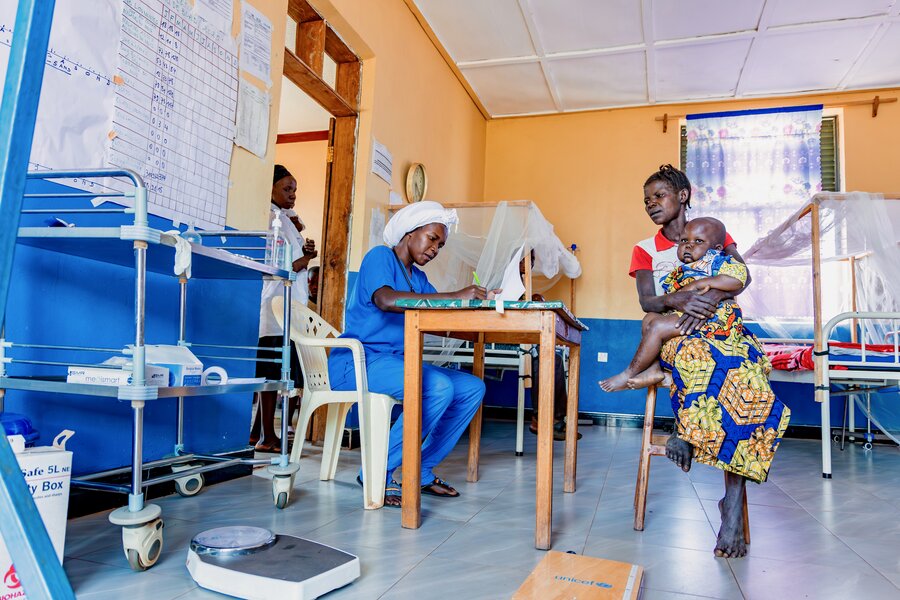
During more peaceful days, 41-year-old Claudine grew the food served at mealtimes in her home in the Democratic Republic of the Congo’s (DRC) lush northeastern Ituri Region. But those days are now distant dreams.
Today, the mother of seven is living on the other side of the food security equation: uprooted by fighting, with her baby daughter so malnourished she was hospitalized for treatment.
“We have difficulties in eating,” says Claudine of her destitute family who now lives in a displacement camp near the Ugandan border. (As a displaced person, her last name is being withheld for her protection.)
The conflict in eastern DRC, uprooting millions and crippling local agriculture, is also fueling soaring hunger - which new expert findings predict will worsen in the coming months. Countrywide, 26.6 million Congolese are projected to face severe food insecurity by January, 2026 – an additional 1.8 million compared to the current period - according to the latest assessment by the Integrated Food Security Phase Classification, or IPC.
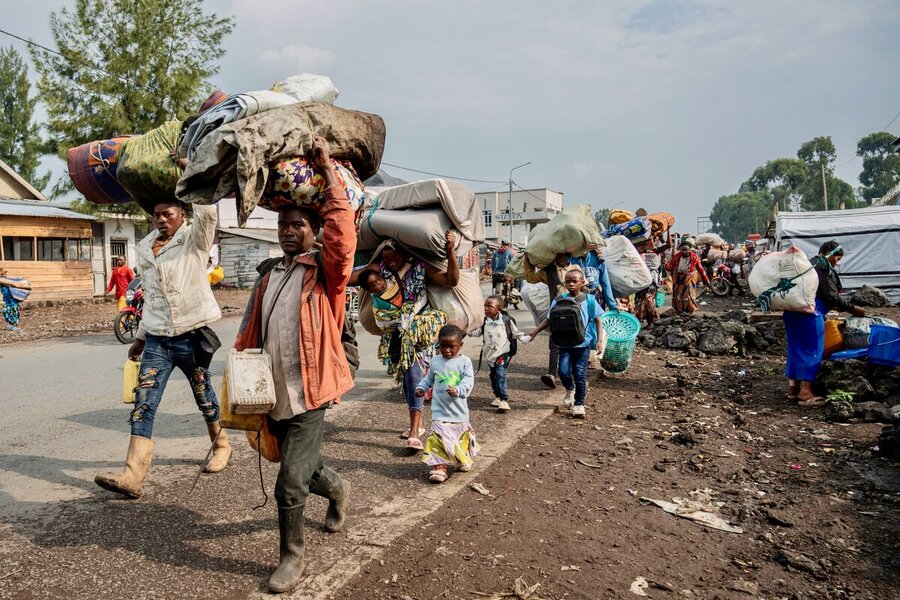
The most alarming hunger numbers are concentrated in the restive east, where Claudine lives. By early next year, some 3 million people in eastern DRC are expected to see emergency food insecurity, accounting for 75 percent of all such cases countrywide. Known as IPC 4, it is the second-highest level on the hunger scale. In Ituri Province alone, more than half of all children under 5 are malnourished.
The humanitarian fallout of DRC’s ongoing crisis, among other issues, will be on the table on Thursday (30 October), when Paris hosts a conference supporting peace and prosperity in the Great Lakes region.
“This is an urgent call for action,” says Cynthia Jones, the World Food Programme’s (WFP) acting Country Director and Representative in DRC. “The people of DRC need peace. But they also need life-saving food assistance to get back on their feet, because food security is the foundation of lasting peace.”
Threatened cuts
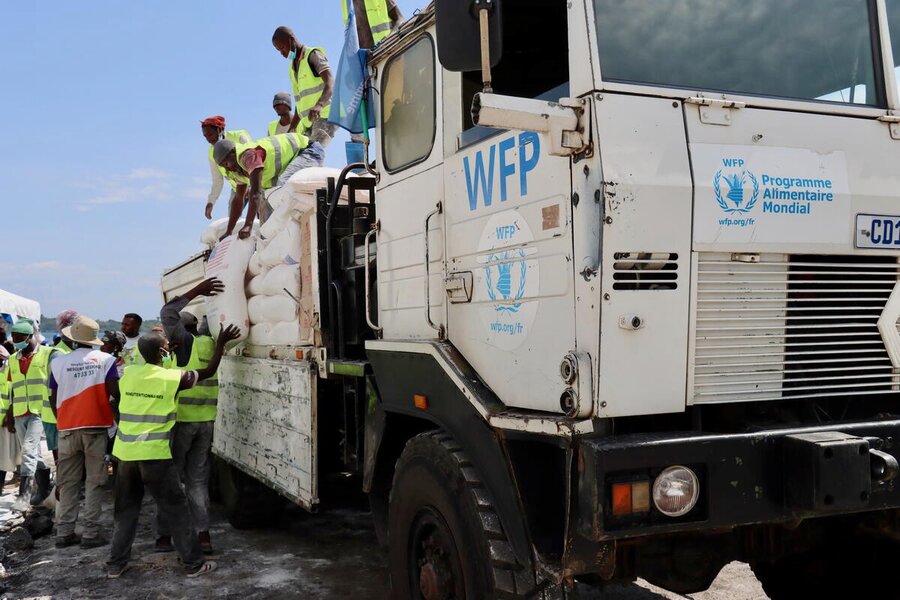
The IPC findings come as steep funding cuts have forced WFP to more than halve the numbers of hungry people receiving food and nutritional assistance in DRC this year, from a planned 2.3 million to just 600,000 as of this October.
Without more donations, we may be forced to suspend food aid altogether as of early 2026. A recent WFP report found that globally, the cuts to our operations risk pushing up to 13.7 million more people from crisis into emergency food insecurity.
“We’ve seen the power of food and nutritional assistance first-hand in DRC, especially for women and children in the eastern conflict zones,” says WFP’s Jones. “With enough funding, WFP and partners can turn back the tide of hunger and malnutrition.”
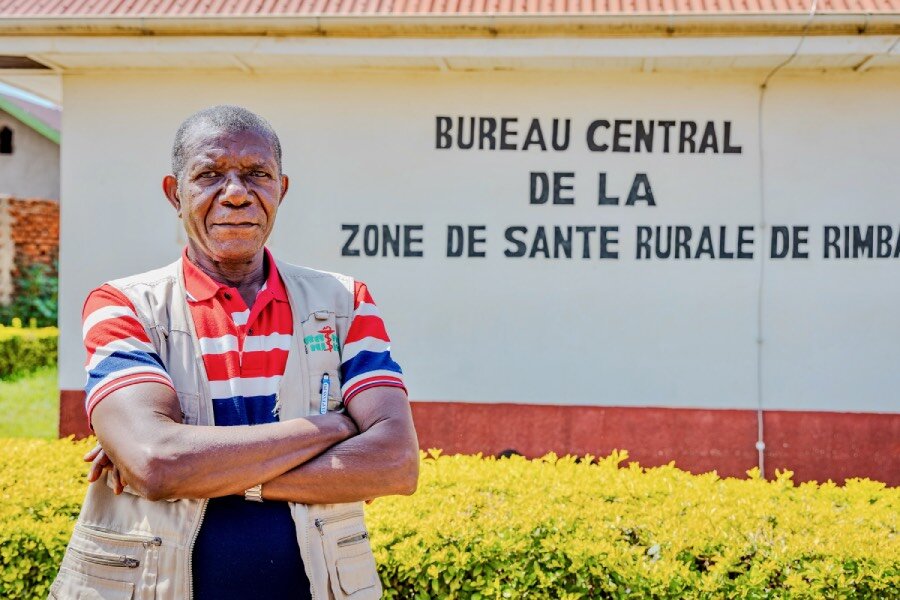
In Rimba Health Zone, in Ituri’s Mahagi territory, covering nearly 200,000 people like Claudine, health chief Dr. Hubert Omuyi knows well the effects of acute malnutrition and hunger. But he’s also seen the difference WFP’s support can make.
“Malnutrition is a serious issue in our health zone,” says Dr. Omuyi, ticking off a raft of factors feeding it: from the fallout of conflict that has deepened hunger and made it difficult to access vulnerable communities, to lack of awareness about the importance of healthy diets.
“The support from WFP has a significant impact,” he says.
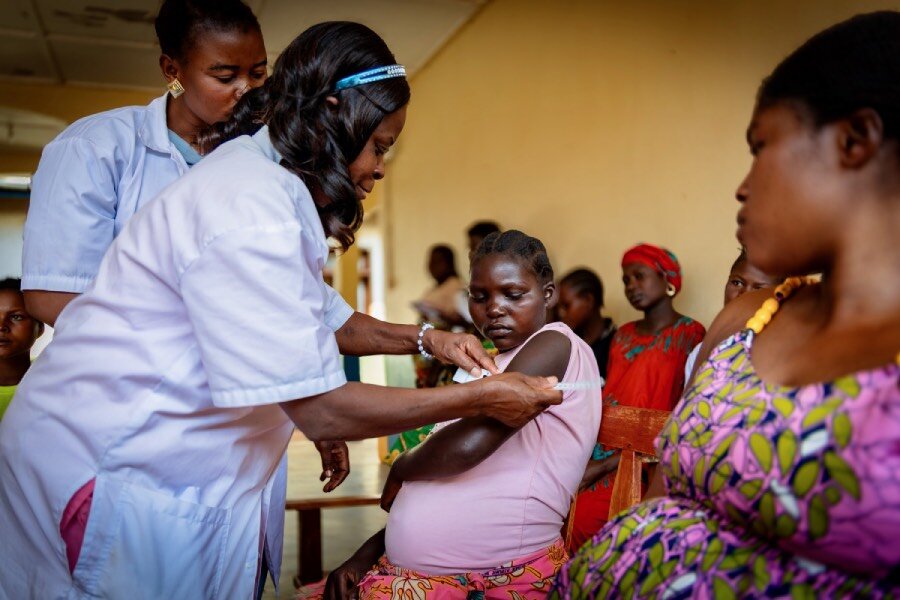
In the Rimba health area alone, WFP’s specialized nutritional products are reaching 86,000 malnourished young children and pregnant and nursing mothers. Many are internally displaced Congolese or refugees from South Sudan. We are also training health workers and local volunteers to detect malnutrition early on - and to spread good nutrition and hygiene practices in their communities, including through cooking demonstrations.
“This offers great hope for durable change in the future,” Dr. Omuyi says.
Every victory counts
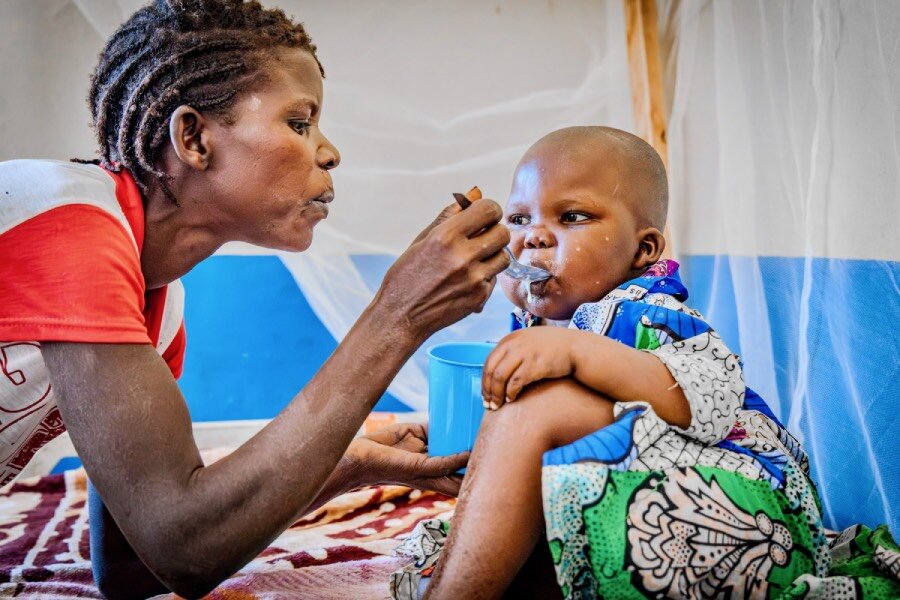
For displaced mothers like Claudine, our support is also making a difference today. Once a maize and bean farmer, she and her children fled the ongoing unrest washing across Ituri Province a few years ago.
“We left everything in the village: fields, sweet potatoes, cassava, everything,” says Claudine. The single mother now hunts for work as a farm labourer to feed her children.
When Claudine’s youngest daughter fell sick three months ago, she was diagnosed with malaria, fever and intestinal worms. “Later, the nurse told me that she was suffering from malnutrition,” she says. The baby received WFP’s specialized foods for malnutrition.
“My daughter has improved a bit and has regained some of her weight thanks to the care,” Claudine says, adding that nurses also taught her the importance of a healthy diet.
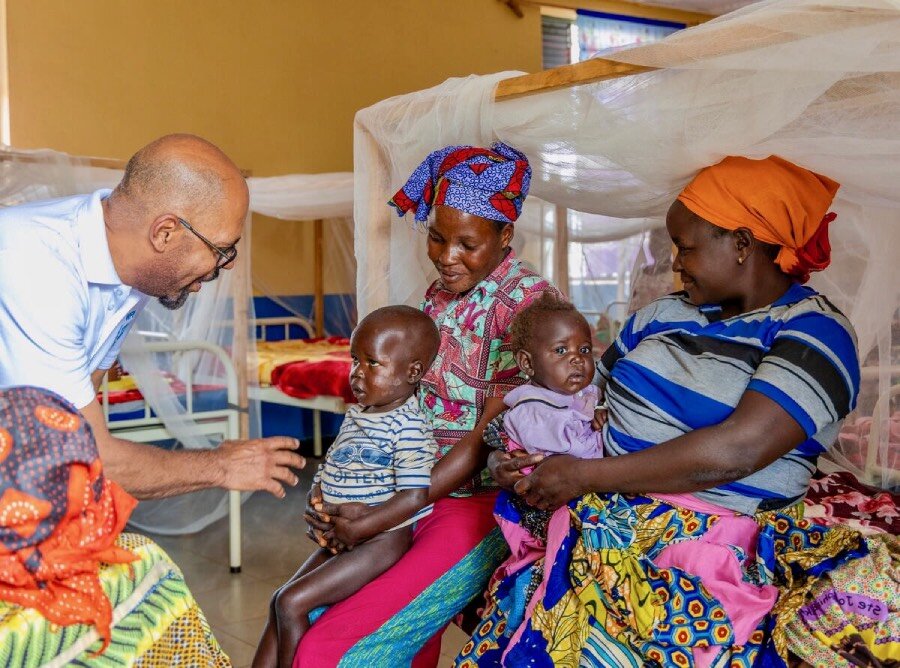
“With the insecurity that brought them here, the children are suffering,” says one area nurse, Pascaline Uling, expressing hope WFP’s support in the region will continue.
Olivier Nkakudulu, who heads WFP’s Ituri office, says that despite dramatic resource shortfalls, his staff are committed to making a difference. “Every package of nutritional supplement,” he says, “every cooking demonstration, every awareness-raising session is a victory against malnutrition.”
Donors to WFP’s nutrition programs in eastern DRC include Canada, Japan, Norway, South Africa, Sweden and the United States.
WFP needs US$349 million through April 2026 to fund its operations in the Democratic Republic of the Congo.
